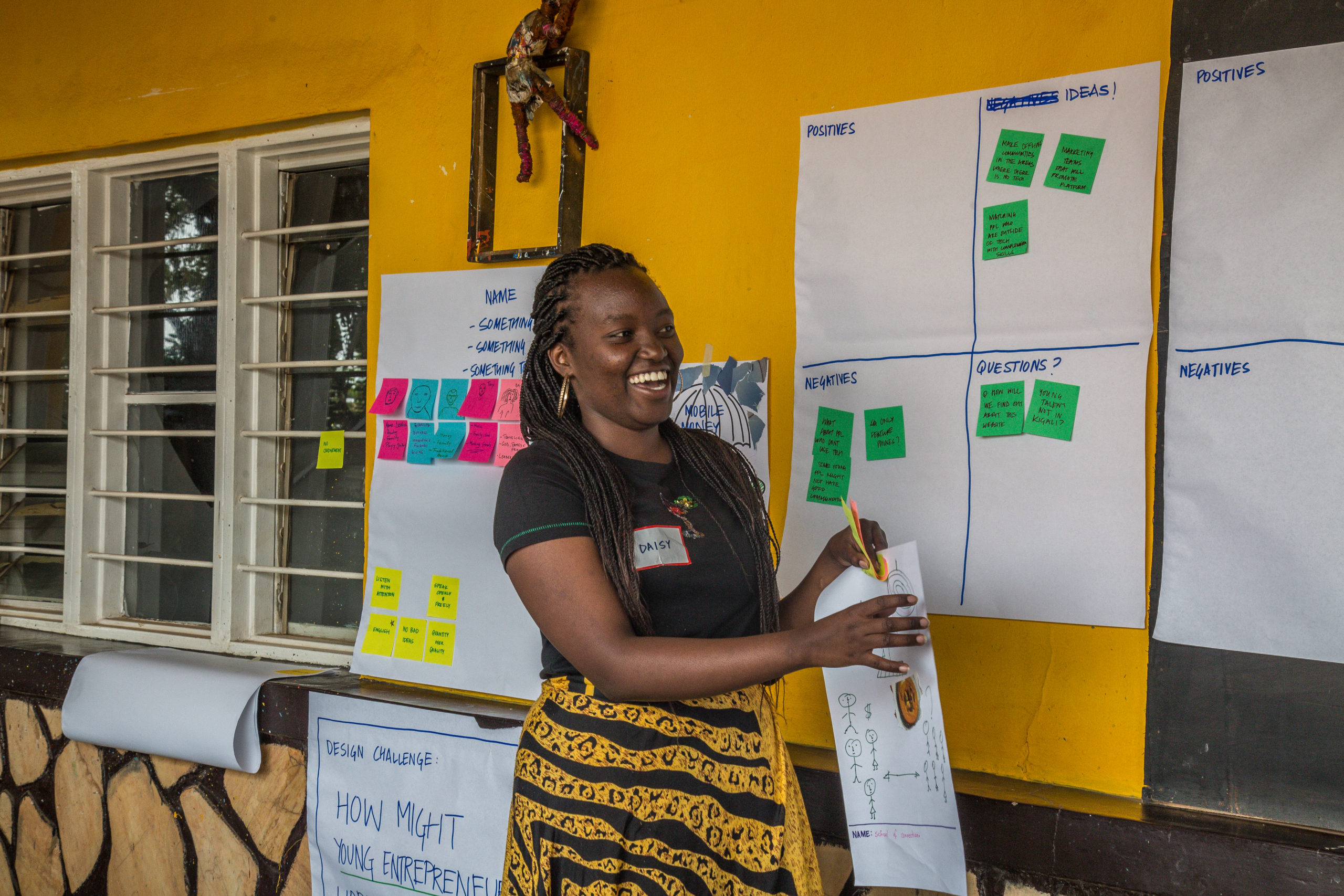Recommended
Since the 2006 release of the CGD report When Will We Ever Learn? Improving Lives Through Impact Evaluation, there have been nearly two decades of progress in generating and using evidence for public policy decisions and development programs. There has been a steady increase in the number of impact evaluations—a rigorous approach that establishes the attributable net impact of a project or program. Their ability to assess attribution makes impact evaluations uniquely well suited for decision making.
Nevertheless, the COVID-19 pandemic put a spotlight on an unfinished agenda and underscored the need for high-quality, timely, and context-specific evidence. Across sectors, decision makers in governments, aid agencies, multilateral organizations, and NGOs have not yet fully harnessed the value of evidence for better public policies. Numerous challenges limit evidence use. On the demand side, impact evaluations may lack relevance to policy decisions and fail to respond to decision makers’ priorities, timelines, and questions. On the supply side, decision makers often lack institutional incentives and funding to generate and act on relevant evidence. Current funding models compound these challenges by contributing to misaligned incentives between policymaker needs and academic researchers.
In response to these challenges, CGD launched the Working Group on New Evidence Tools for Policy Impact to develop a renewed agenda for the next generation of investments in impact evaluation and related evidence systems to enhance their value for real-world decision making. The group brought together policymakers and experts to review the progress and obstacles to the use and utility of evidence for global development. Its final report highlights how far the field has come in addressing critiques about the scale, generalizability, and policy utility of impact evaluation, and offers recommendations to the development community on “what and how to fund to deliver on the promise of impact evaluation and bolster the broader evidence ecosystem.”
The working group proposes five ways to improve impact evaluation funding and practice: (1) design evaluations that start from the policy question and decision space; (2) harness technology for timely, lower-cost evidence; (3) advance locally grounded evidence-to-policy partnerships; (4) enact new incentives and structures to strengthen evidence use; and (5) invest in evidence leaders and communities.
This brief lays out how the World Bank can more systematically embed impact evaluation and related data and evidence functions into programming, implementation, and country support. The recommendations are based on working group discussions, consultations with experts currently and formerly at the World Bank, and background research over the course of the project.
Key recommendations for the World Bank
- Embed impact evaluation and related evidence resources across the Bank’s operational structure and develop sectoral, regional, and country learning agendas
- Allocate dedicated resources to routinely finance rigorous evaluation
- Strengthen and centralize tracking and publication systems for data and evidence
- Develop formal mechanisms to promote evidence-to-policy partnerships, capacity strengthening, and demand generation
Read the full brief here.
Rights & Permissions
You may use and disseminate CGD’s publications under these conditions.








